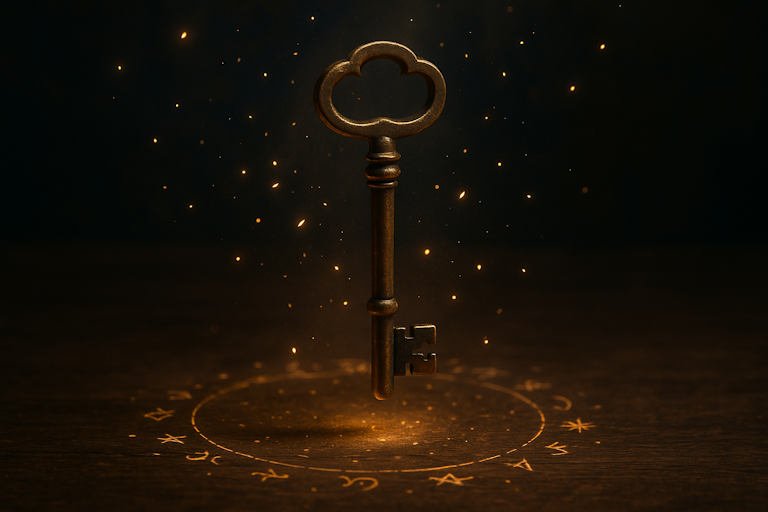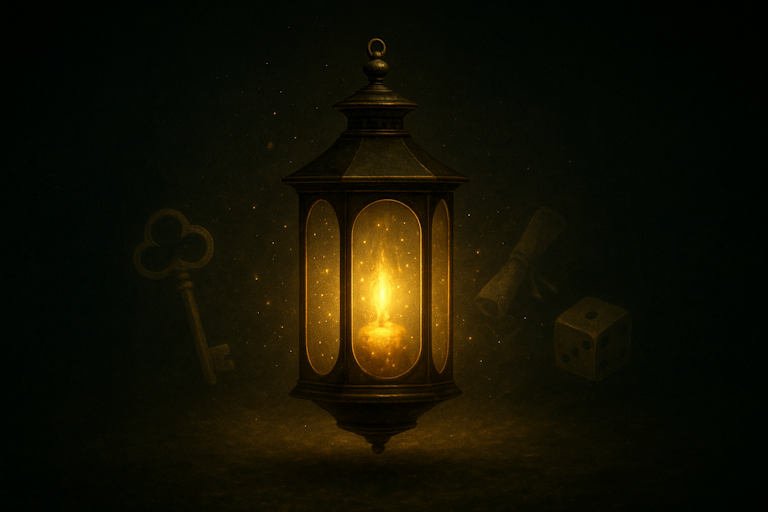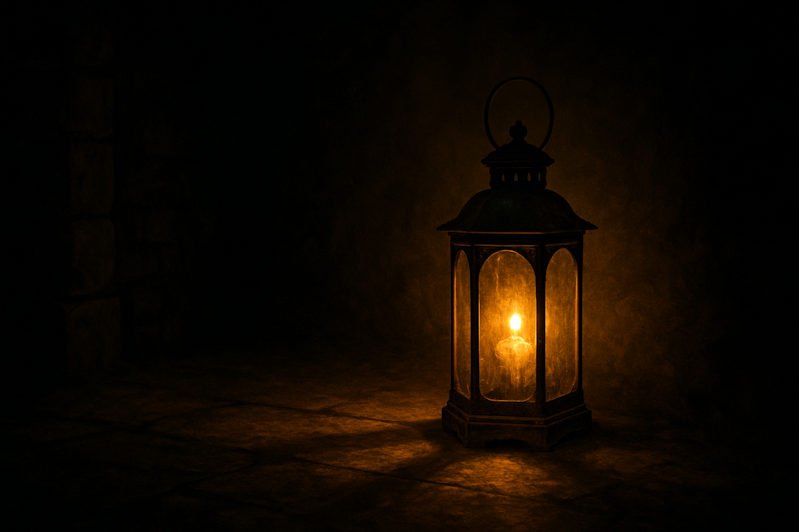
Symbols and metaphors in games: The hidden power of meaningful emotion beyond numbers (2025)
Symbols and metaphors in games carry a weight that numbers alone never could. A number can measure, but it cannot stir the imagination. A glowing key, a spiral etched in stone, or a lantern carved into the wood of a table does more than signal function — it whispers story, emotion, and mystery.
Metaphors guide us without explanation. They invite us to step into a role, to sense meaning without needing rules spelled out. Symbols anchor those meanings, leaving impressions that last long after the details of play are forgotten. Together, they transform games from cold mechanics into living experiences.
In this article, we explore why symbols and metaphors in games are more powerful than numbers — and how their hidden language can turn every session of play into a story that lingers.
Why symbols matter more than numbers
Numbers are precise. They calculate, compare, and define limits. In games, numbers tell you how many points you earned, how many moves you have left, or how close you are to losing. But numbers rarely linger in memory. They fade the moment the outcome is decided. What stays with us are the symbols — the shapes, signs, and icons that carry meaning far beyond their immediate function.
Symbols work because they bypass calculation and move straight into emotion. A glowing heart means life, not just “+1.” A broken mask hints at betrayal, not just “player eliminated.” These visual cues resonate with intuition, letting players feel the weight of the moment without pausing to count or compute. Where numbers appeal to logic, symbols awaken imagination.
Another strength of symbols is their universality. A flame, a key, or a spiral can be understood across cultures without translation. They carry archetypal resonance, echoing myths and collective memory. This allows players to connect instantly, even if they’ve never seen the specific symbol before. Numbers, by contrast, remain abstract — useful but detached.
Symbols also create layers of play. They don’t only communicate rules; they hint at story. A rune on a card does not simply mean “action taken,” it feels like an artifact of a world. A shadow-marked token suggests more than a score; it suggests mystery. These impressions expand the game beyond the mechanics on the table, inviting players to inhabit the experience rather than just calculate it.
In short, numbers may structure the game, but symbols give it soul. They make players feel they are part of something larger, something with meaning. And that is why, long after the final score is forgotten, the symbols remain.

Uncover
The Firefly Inn
Behind its lantern light, secrets wait to be revealed. Step closer, and choose your path into the unknown.
Metaphors in games: meaning beyond mechanics
Metaphors are bridges. They connect the rules of a game to experiences we already know, allowing us to understand and feel without a line of instruction. Where numbers tell us what is permitted, metaphors tell us why it matters. A timer might simply be a countdown, but framed as a candle burning low, it becomes a story of dwindling hope.
This transformation is subtle yet powerful. A metaphor translates abstract mechanics into lived experience. Instead of moving tokens on a track, players may feel as if they are crossing a treacherous path. Instead of holding a card that says “lose a turn,” they may feel cursed by fate. The rules have not changed, but the meaning has deepened.
Metaphors also enrich group dynamics. When players speak in metaphors — “I hold the key,” “You’re in the shadows now,” — the language of the game shifts. The conversation becomes more than coordination; it becomes role, identity, and atmosphere. This playful layering of language invites immersion without requiring costumes or scripts.
What makes metaphors so enduring is their capacity to grow with the player. A single phrase or image can mean one thing at the start of a game, and something far more profound by the end. The metaphor evolves as choices are made, secrets revealed, or alliances tested. Numbers remain fixed; metaphors breathe.
In many ways, metaphors are the unseen architecture of memory. Players may forget the exact sequence of rules, but they remember the feeling of carrying a heavy burden, chasing a fading light, or guarding a hidden door. This symbolic resonance lingers long after play has ended.
By working through metaphors, games move beyond calculation. They become spaces where imagination and meaning weave together, inviting players to step into a story that is both personal and shared.

Uncover
The Firefly Inn
Behind its lantern light, secrets wait to be revealed. Step closer, and choose your path into the unknown.
The core powers of symbols and metaphors in games
Symbols and metaphors are not decorative details. They are active forces that shape how players feel, remember, and interpret the world of play. Their influence can be traced in four essential ways:
- They turn logic into emotion: Numbers explain; symbols and metaphors make us feel. A lantern means hope, a mask means deception. Meaning becomes immediate and visceral.
- They invite imagination: Every symbol is an open door. Players do not just calculate outcomes — they step into roles, stories, and worlds suggested by the imagery.
- They echo culture and archetypes: From ancient runes to simple flames, symbols carry shared resonance. They tap into myths and collective memory, creating instant recognition across groups.
- They anchor memory: Numbers fade once a score is tallied. Symbols and metaphors linger, turning ordinary moments into stories that can be retold long after the game ends.
Together, these powers show why symbols and metaphors give games their soul. They are not just tools for clarity, but vessels of story. And in the dim light of Lanthornkeepers, they are the signs and whispers that guide every traveler toward deeper meaning.
Sit long enough in this inn, and you’ll see: numbers fade, but symbols linger. They carve themselves into memory like fire into wood.

From symbols to stories: Lanthornkeepers as living metaphor
Symbols and metaphors may seem abstract, but in Lanthornkeepers they breathe with meaning. The inn is not just a backdrop; it is a place where every lantern, every carved sign, and every whispered phrase speaks in its own language. To sit within its halls is to feel how symbols shift from decoration into living parts of the story.
Where numbers might tally outcomes, symbols remain as impressions. A key on the table is not just an object — it is the promise of discovery. A shadow across the wall is not merely absence, but a reminder that mystery is always near. These are not calculations to be made, but experiences to be felt.
For travelers, metaphors guide without instruction. They draw visitors into roles, inviting them to sense meaning rather than read it. A locked chest becomes a metaphor for hidden truth; a glowing token stands as a fragment of trust. Each detail is a quiet signal, an invitation to look deeper and inhabit the story.
This is why Lanthornkeepers is more than a set of riddles. It is a living metaphor for how travelers connect — through signs, through stories, and through the balance of light and shadow. What begins as a moment of discovery deepens into memory, and what begins as a symbol becomes part of the traveler’s journey.
Conclusion: The enduring strength of symbols and metaphors
Symbols and metaphors in games reveal what numbers cannot. A figure may tell us how much, but it will never explain why it matters. A lantern, a key, or a shadow does more than signal mechanics — it carries memory, emotion, and story. These signs live beyond the moment, lingering long after the final outcome is forgotten.
For travelers, this hidden language is what makes an experience feel alive. Symbols speak across cultures, across time, anchoring us in something larger than rules or calculations. Metaphors weave emotion into structure, turning a simple action into a moment of significance.
In Lanthornkeepers, this truth is at the heart of every chamber and corridor. The inn itself is built on signs and whispers, a place where numbers fade and symbols remain. And it is there, in the quiet glow of lantern light, that metaphors carve themselves into memory — like fire into wood, shaping not only what we see, but the stories we carry with us.

Uncover
The Firefly Inn
Behind its lantern light, secrets wait to be revealed. Step closer, and choose your path into the unknown.




